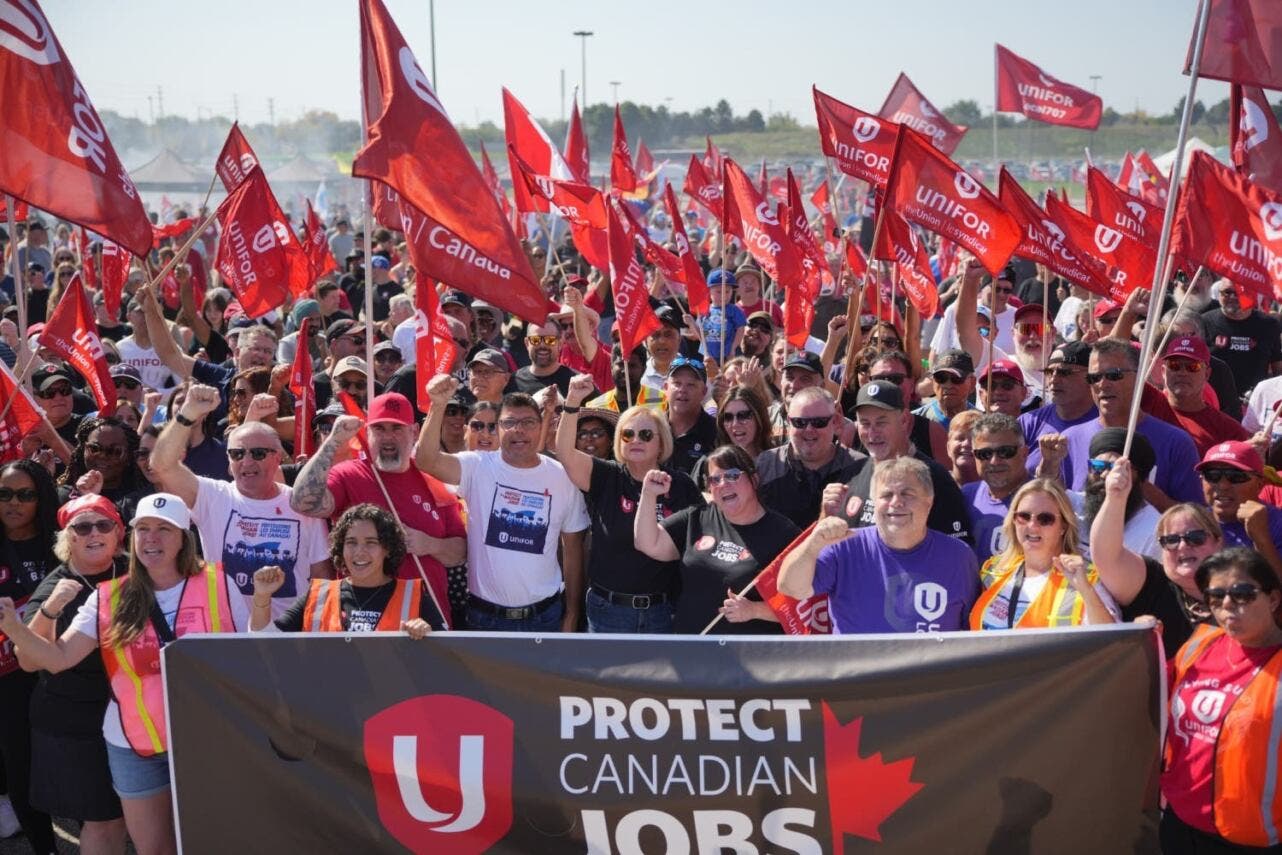In the end, Canada takes a devastating blow while Illinois celebrates. With its latest move, Stellantis has demonstrated how fragile investment promises can be and how, in the automotive industry, what counts is not so much innovation and strategic vision, but the old logic of international trade and state subsidies.
Stellantis moves Jeep assembly to U.S. from Canada after Trump administration pressure

The news, released by Canadian union Unifor, was received as a real betrayal by workers at the Brampton, Ontario plant. The facility, idle since early 2024 for an expensive conversion process intended for the production of electric and combustion models, was supposed to welcome production of some Jeep models. But now Stellantis has decided to redirect those assembly lines southward, to the United States, specifically to Illinois.
The choice is part of a $13 billion investment plan announced by the group to boost American production capacity by 50% over the next four years. An unequivocal message about what, in Stellantis‘ eyes, is the real strategic market: the American one.
The timing of the decision is far from coincidental. It comes in fact just days after statements by a senior U.S. Commerce Department official, who confirmed the Trump administration’s intention to bring production currently located in Canada back to the United States. An operation that sounds like a manifesto of economic protectionism: America first, and the rest of the world can only watch.

Unifor, Canada’s largest private sector union, reacted with anger. The national president called on the federal government to ‘use every available tool’ to defend Stellantis‘ Brampton plant and safeguard jobs. But the reality, as often happens in these situations, is that the bargaining power of local governments rarely manages to counter the decisions of a global giant capable of moving billions and shifting production from one country to another based on current tax and tariff advantages.
Canadian Prime Minister Carney, while trying to maintain diplomatic tones, implicitly acknowledged that Stellantis’ decision is a “direct consequence of current U.S. tariff policies and possible future trade measures.” In the auto industry, the winner is not who produces better, but who knows how to offer the most convenient economic and political environment.
Once again, the future of thousands of workers depends on an unstable balance between tariffs, incentives and geopolitical strategies. And Canada, this time, seems to have remained on the wrong side of the border.
